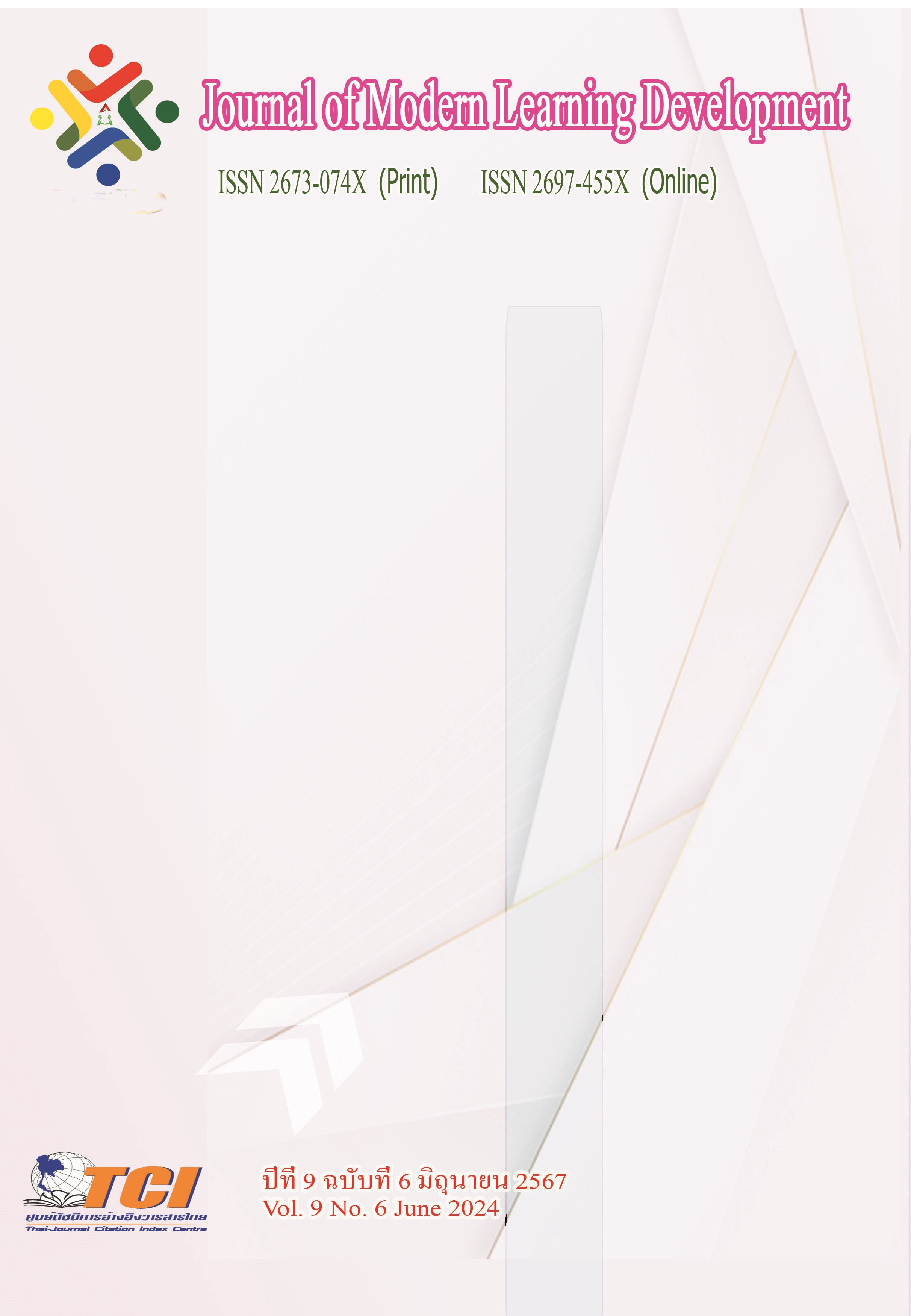The Physiological Characteristics and Teaching Music for Elderlies in China
Main Article Content
Abstract
Developing elderly education is an important measure to actively address the issue of aging population in China, and it is also conducive to the stability of the country and society. Currently, more and more elderly people are willing to choose to learn saxophone as one of their hobbies after retirement. However, the teaching and research of elderly musical instruments in China is still in the exploratory stage. The traditional methods of music education for the elderly no longer meet the development standards of modern music education, and the spiritual and cultural needs and standards of the elderly are constantly improving.
Article Details
References
Clair, A. (1996). Therapeutic uses of music with older adult. Baltimore MD. Health Professions Press Inc.
Dong, Z. (2009). Elderly Education, Beijing, China Social Science Press.
Jia, C. (2022). Research on the application of coloratura soprano communication skills in vocal music teaching, [Master’s thesis]. Sichuan Conservatory of Music.
Luo, X. (2006). A Discussion on Geriatric Psychomusicology: A New Discipline Integrating Music Psychology and Geriatric Psychology. Journal of Wuhan Conservatory of Music, (2).
Qi, Y. (2011). Promoting the Development of Students' Physical Harmony through Instrumental Learning. Popular Literature and Art.
Zhang, L. (2014). Current Situation and Reflection on Music Education in Elderly Universities. Intelligence.
Zhou, Y. (2010). Activity: The Ideal Medium of Subject Generation—Exploring the Teaching Model of High School Music Appreciation. Journal of Lisu University, (03).


